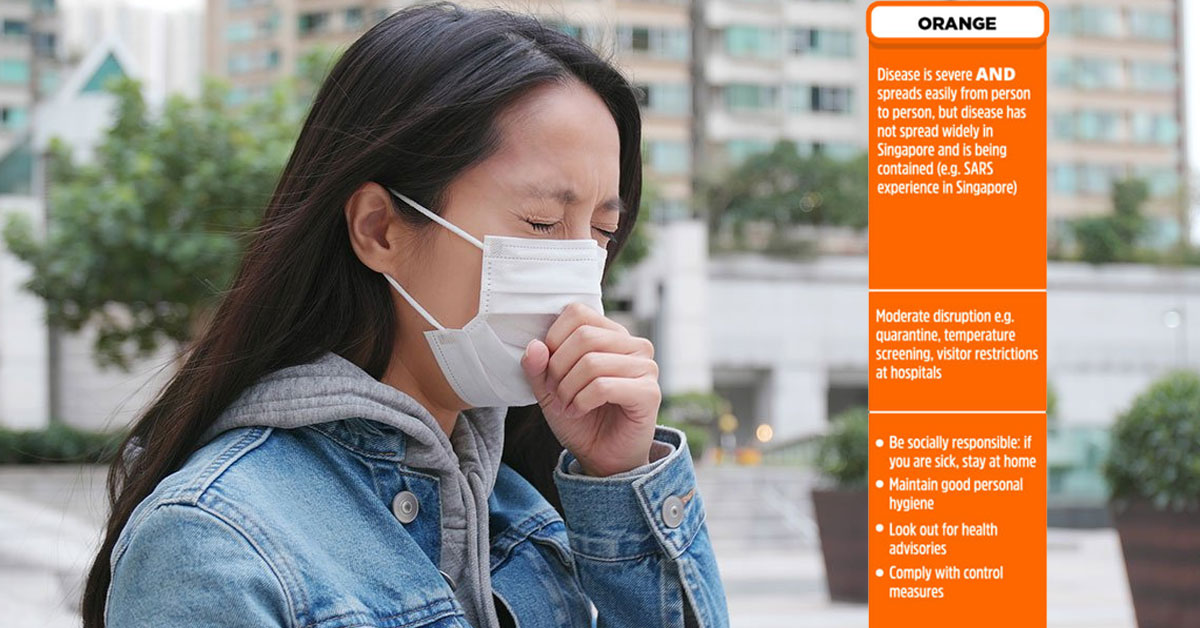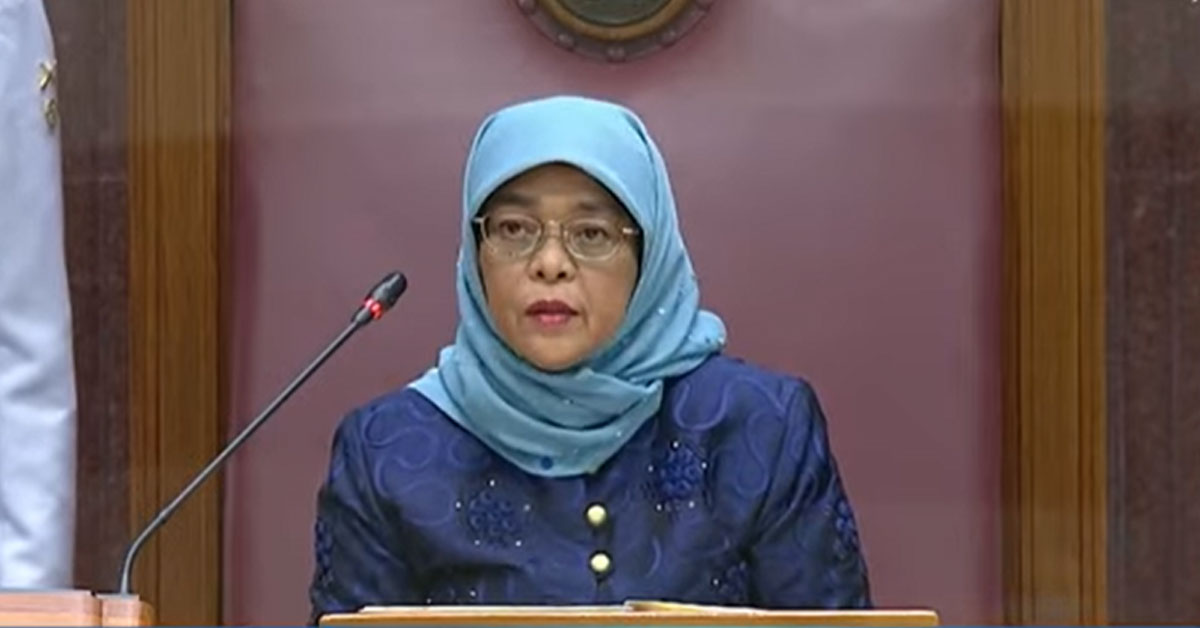We had a bad news yesterday, whereby a Singaporean is infected with the Wuhan virus from an unknown origin.
Today, three more of such cases were reported, and one of them is a teacher.
With a total of four cases with unknown sources, MOH is moving the disease outbreak response up a level to Orange.
Here’s what happened and what it means for us.
3 New Wuhan Virus Cases With Unknown Sources Reported
Yesterday, after MOH found the first case of unknown origin, they proceeded to do a test on all pneumonia patients for the virus.
And it turns out that there were three patients who were infected with the Wuhan virus, even when they’re not suspect cases.
The first patient is a 53-year-old man who was in Malaysia on three separate days in January 2020. The second is a 42-year-old teacher from Victoria Junior College, and the third patient is a 39-year-old woman who had been to Malaysia from 22 January to 29 January.
Al these patients had no links to any confirmed cases and didn’t have any travel history to China.
This brings the total number of confirmed cases to 33, with 4 of them from unknown sources.
Which is why MOH is now moving the DORSCON Level from Yellow to Orange.
DORSCON Level: Orange
Since the outbreak of the Wuhan virus in Singapore, our DORSCON Level in Singapore has been yellow.
So, what’s the DORSCON Level?
Called the ‘Disease Outbreak Response System Condition’ (DORSCON), it’s a framework to show the current disease situation and guidelines on what to do based on the colour code.
It’s based on four aspects:
- The current disease situation overseas
- How transmissible the disease is
- How likely it is to arrive in Singapore
- What impact it may have on Singapore’s community
Here’s a handy chart MOH has created on the DORSCON Level:

Basically, when we were at Code Yellow, the impact on life is “minimal”—there would be additional measures at borders and healthcare settings, with people missing school or work.
But at Code Orange, the impact is now “moderate”: there would be quarantine, temperature screening and visitor restrictions in hospital.
Health Minister Gan Kim Yong held a media briefing this afternoon and said, “I understand that Singaporeans are anxious, concerned and there’s much that we do not yet know about the virus…New information is emerging daily, we expect that this is likely to take time to resolve, maybe months, life cannot come to a standstill but we should take all the necessary precautions and carry on with life.
“We will do our best to contain the situation and keep Singaporeans safe.”
Not the First Code Orange
The DORSCON Level isn’t new; it was created after the SARS outbreak. The levels are recommended by MOH and endorsed by the Ministry of Home Affairs.
Also, this isn’t the first time Code Orange is activated; back in 2009, Singapore moved to Code Orange during the H1N1 outbreak, too.
If the DORSCON Level has existed during the SARS period, it would have been in Code Orange, too.
What We Should Do
For a start, schools will be suspending all inter-school and external activities until the end of the March holidays, with earlier measures (i.e. suspension of flag-raising, etc) still in place.
In the workplace, temperature should be taken twice a day and anyone who’s unwell should leave and visit a doctor. If possible, businesses should try to allow staff to work from home, or at least divide the workplace into segregated teams instead of everyone working in one small confined area.
Organisers that have planned big-scale events are advised to cancel or defer them, or at least carry out necessary precautions.
Of course, individually, we should be socially responsible.
The gov.sg website has a number of useful articles; you can read all of them here.
Advertisements
And in the meantime, bookmark MOH’s website here.
Watch this video if you’ve some spare time, too:



